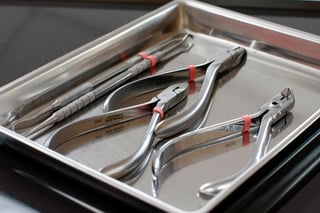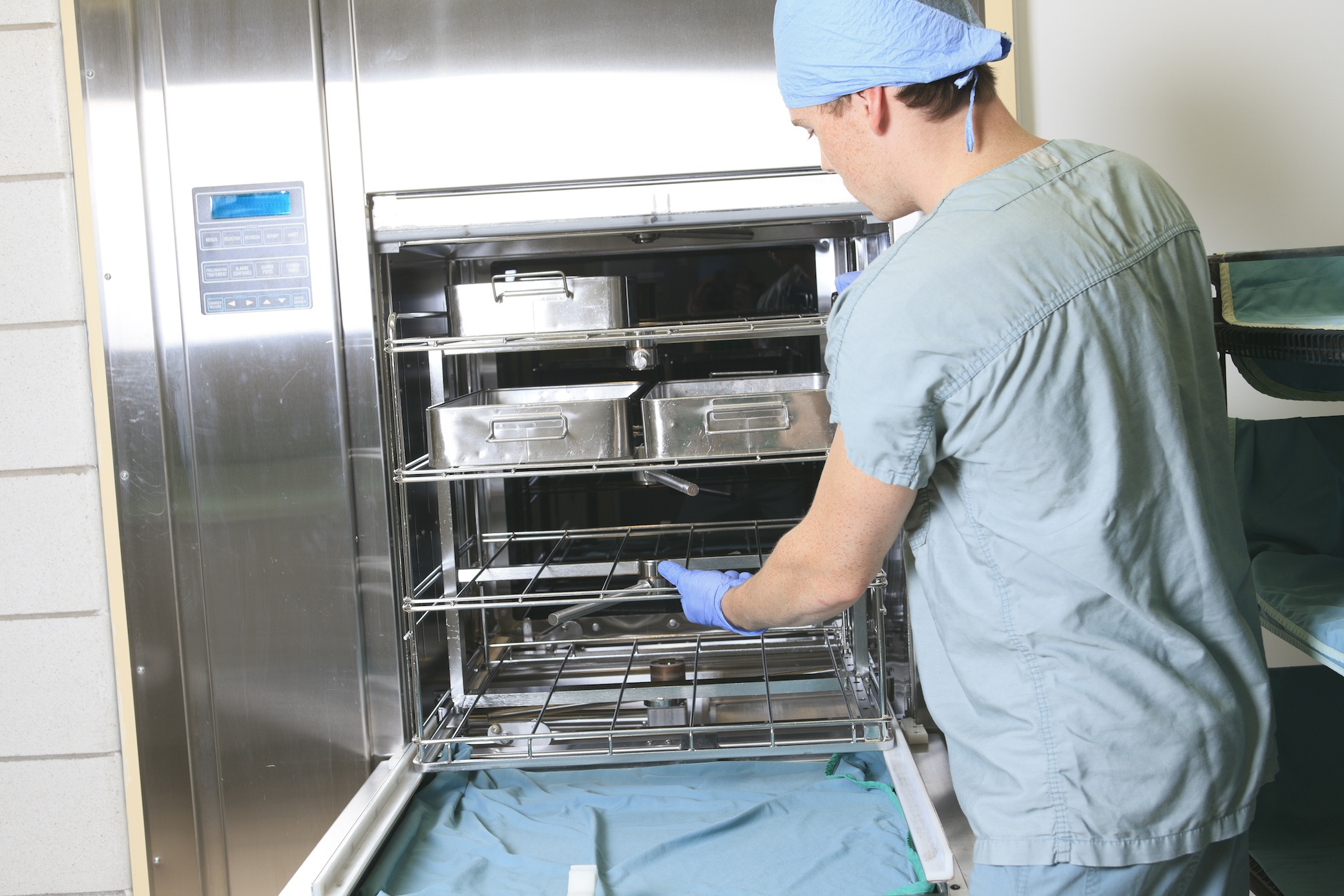AS4187 or 4185? Infection control standards for dental practitioners?
 If you’re a member of the Dental Health community you’re probably aware that a lot has happened in the last 12 months. I am referring to infection control breaches that have happened
If you’re a member of the Dental Health community you’re probably aware that a lot has happened in the last 12 months. I am referring to infection control breaches that have happened
in New South Wales. Around the same time two documents were released that have the express purpose of preventing such issues.
They are:
- AS4187 2014
- The Australian Dental Association Guidelines for Infection Control Third Edition 2015.
Infection Control has become a hot topic and the Australian Dental Board's release of an open letter dated 16th July 2015 reminding Dental Practitioners of their Infection control obligations under the National Law is testament to that.
With this blog, I will try to provide some guidance through the maze of standards and guidelines and provide dental practitioners with a list of relevant documentation for further reading.
Unless, you’ve been living under a rock you’re probably aware of the situation that occurred in NSW in July where multiple infection control breaches occurred at 4 dental clinics resulting in the notification of over 12,000 patients who had invasive procedures.
Luckily, there have been no confirmed cases of infection known to be associated with any of these breaches. Nevertheless, for those patients who received notifications from NSW health informing them of the infection control breaches, it has undoubtedly been an uncertain and very stressful period.
New Standards and Guidelines for Australian Dental Clinics
The Dental Board of Australia is the regulating body for Australia’s dental practitioners. In 2010, the board published Guidelines for Infection Control which has since been reviewed in 2012. All dental practitioners must comply with these guidelines which state the following:
Every place where dental care is provided must have the following documents in either hard copy or electronic form (the latter includes guaranteed Internet access). Every working dental practitioner and all staff must have access to these documents:
-
A manual setting out the infection control protocols and procedures used in that practice, which is based on the following documents:
-
AS/NZS 4815, AS/NZS4817
-
Australian Guidelines for the Prevention and Control of Infection in Healthcare published by the National Health and Medical Research Council (NHMRC)
-
Australian Dental Association Guidelines for Infection Control
AS/NZS 4187 and AS/NZS 4815
On the 15th December 2014, a new version of AS/NZS 4187 was released. The new standard provided a new definition of a Health Service Organisation (HSO) that appeared to supersede the application of AS4815 to Office based healthcare facilities. Then, in June 2015, Standards Australia followed that up with a statement seeking to clarify the application of both AS4187 and AS4185. It reads:
‘While the scope and content of the
two Standards may be related, AS/NZS 4187:2014 does not supersede or replace AS/NZS 4815-2006’
In my view, this statement actually ads to the confusion. It now appears that Office Based health facilities may need to comply with both standards!
The standards AS/NZS 4187 and AS/NZS 4815 are available from SAI Global.
Australian Dental Association (ADA) – Guidelines for Infection Control
Thankfully the ADA has provided some clarification in their newly released Guidelines by stating:
‘Two standards from Standards Australia are relevant to instrument reprocessing in dental practice, namely AS/NZS 4815 and AS/NZS 4187’
They do go onto say that AS/NZS 4815 is relevant to Office based health care facilities and public dental clinics and large facilities would generally operate under AS/NZS 4187.
The Third Edition of the ADA Guidelines for Infection Control released this year incorporates a number of changes that have arisen from the release of AS/NZS 4187 in December 2014.
What this edition highlights in particular is that the Dental Practitioner is responsible for implementing Infection Control guidelines.
‘The individual practitioner is responsible for ensuring compliance with infection control requirements throughout the practice. This cannot be delegated.’
A copy of the ADA Guidelines for Infection Control Third Edition 2015 are available here.
Australian Guidelines for the Prevention and Control of Infection in Healthcare (2010)
National Health and Medical Research Council (NHMRC)
These guidelines provide recommendations that outline the critical aspects of infection prevention and control.
It contains recommendations around:
- Routine Hand hygiene
- Personal Protective Equipment – including gloves, eyewear and protective gowns
- Safe Handling of sharps – including disposal
- Routine cleaning of surfaces
- Prevention of droplet transmission
- Prevention of airborne transmission (especially pertinent as the majority of procedures undertaken in dentistry generate aerosols)
The NHMRC Guidelines are available for download.
Conclusion
The incidents in NSW in July have bought home to the dental community the consequences of non-compliance. No less than 12,000 patients were affected and 8 dental practitioners have been deregistered. The open letter from the Dental Health Board has elevated the issue of compliance to a new level, stating that practitioners need to comply with infection control standards and protocols, ‘The Board and the Council hold all registered dental practitioners to account against these standards’


